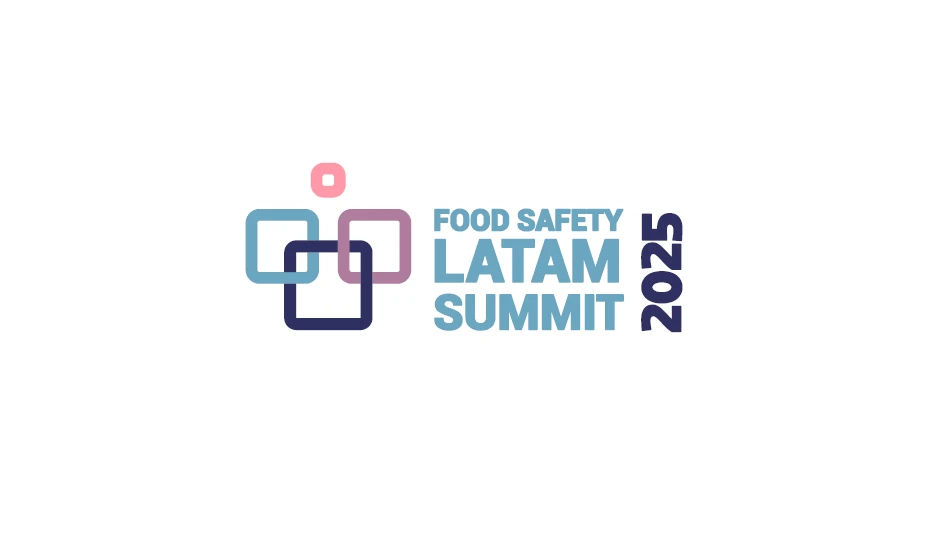
You are chartering a plane from a local flying service to take you from Denver to Salt Lake City. The flight will be later this evening and the weather doesn’t look all that wonderful. You are shown a very nice twin-engine aircraft and given your choice of three pilot/co-pilot teams. Using your certified, guaranteed, approved and blessed audit check list you proceed to check each pilot pair:
- Pilot uniform (proper epaulets and shined shoes)
- Headset (approved noise-cancelling model)
- Current maps and charts
- Pilot’s license and current medical certificate
- Flight log (no apparent discrepancies or odd looking entries)
- Large, complex wristwatch
- Large sunglasses with very dark lenses
- Flight case containing flashlight, flight plan forms, manuals, pencil, pen, antacid tablets, and airsickness bags.
In a brief walk around of the aircraft each team is able to identify and explain the function of the major components of the machine (wings, vertical and horizontal tail components, wing flaps, cowl flaps, etc.).
With all this, if you have significant experience in operational aviation, you still do not have enough information to be comfortable making the decision of whom to fly with tonight. You’ve done some “due diligence”—checking the obvious basic items without which the trip is simply not viable, but you haven’t even begun to touch on the really important details to determine the relative capabilities of the teams.
This is determined only by observing performance and you, as a prospective passenger, generally can’t do that. You are dependent on some outside agency to make the really critical determinations of pilot skills. This is done, and done rather well, in the aviation industry (as I know from the personal experience of having logged more than 3,000 hours with Airline Transport Pilot and Instrument Flight Instructor certificates).
Why have I gone into all this detail for an unrelated industry? Simply to illustrate a comparison with current systems for confirming the effectiveness of food safety programs in food producing, processing, and packing facilities.
Audit vs. Inspection. It is my observation that review of food safety operations has largely become a review of the requirements for a food safety program, with rather minimal attention to the quality of the execution of the program. I see and hear about increasing amounts of time spent AUDITING notebooks of food safety program plans and objectives with decreasing amounts of time in the production environment actually INSPECTING the functional results of those plans and objectives.
I cannot argue the need for auditing. A rigorous audit of a food facility’s programs and documentation is a necessary basis for evaluating the capability of the operation. It is necessary, but, to borrow from the world of logical analysis, it is not sufficient. To gain an adequate grasp of the overall ability of a facility to produce food within the desired safety guidelines, it is absolutely necessary to review actual operations. This review must be done at close range and involve significant interaction with the personnel responsible for day-to-day operations.
The audit function can be successful as an annual in-depth review of the entire operation with as much checking of periodic documentation as is required to satisfy the auditor. The inspection function should be more frequent and unannounced.
The inspection function should include a full, in-depth review involving equipment teardown and personnel interviews on an annual basis, and, if no discrepancies are found, a more limited semi-annual review. The primary purpose of the semi-annual review would be to provide a reasonable level of confidence that the programs promised in the audit are being delivered on the floor.
Operational Verification. An Operational Verification program addresses exactly the needs defined above. An experienced auditor would conduct an annual in-depth review of the programs and systems used in a facility. This review would assess the adequacy of the programs with regard to meeting the requirements of a variety of recognized national and international food safety programs. It would be an audit of program design and documentation of execution. An in-depth inspection of the facility operations would then be conducted either simultaneously by a different individual or within a short period of time following the program audit.
During the year following the in-depth audit and inspection, two unannounced inspections would be conducted at approximately 180-day intervals. These inspections are less intensive but still provide a thorough review of operations. The focus of these quarterly inspections is “on-the-floor” operations; the only documentation reviewed would be of day-to-day records of operational parameters.
Annual in-depth reviews are reported through the plant’s standard communications in familiar format. The semi-annual inspections can be scored and combined with the annual review for a comprehensive report or, at the discretion of the customer, held confidentially for internal use only.
Development of such an enhanced, combined audit/inspection program for initial qualification and continuing verification of food production facilities would be a significant advance over the current, once-a-year “due diligence” programs, be they announced or unannounced. I am currently involved in development of such a process; if, how, and when it will become operational is yet to be determined.
Latest from Quality Assurance & Food Safety
- FDA Foods Coalition Urges RFK Not to Cut More Resources, Staff
- Bird Flu: What FSQA Professionals Need to Know
- Registration Open for 129th AFDO Annual Educational Conference
- Frank Yiannas, Aquatiq Partner to Expand Global Reach of Food Safety Culture
- World Food Safety Day 2025 Theme: Science in Action
- Ancera Launches Poultry Analytics System
- USDA Terminates Two Longstanding Food Safety Advisory Committees
- Catalyst Food Leaders Announces Virtual Leadership Summit for People in Food





